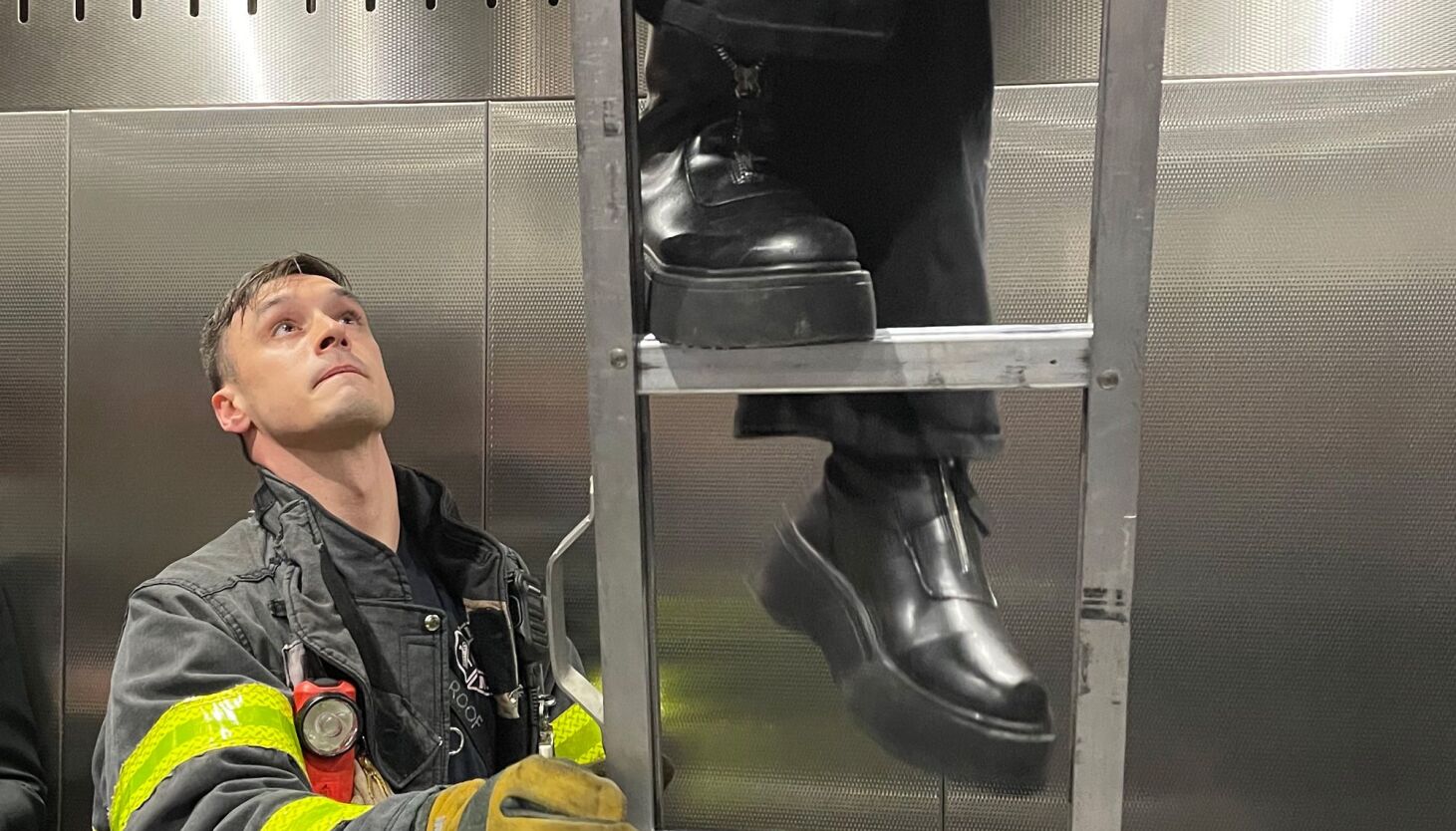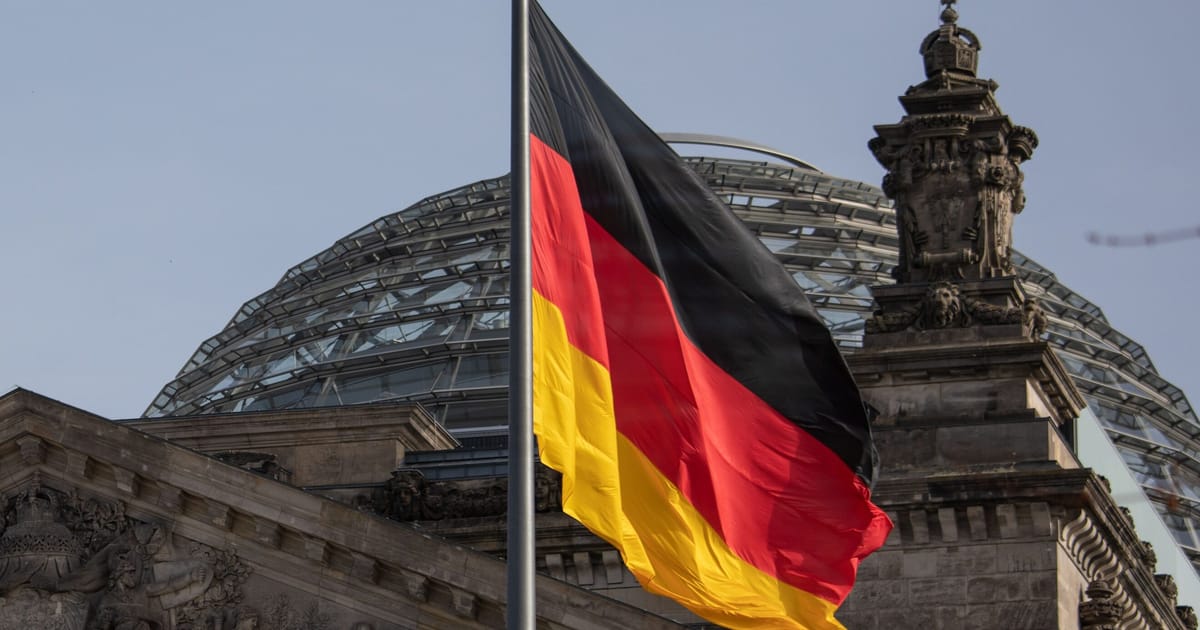The brand-new elevators at the Clark Street stop are up to the old lifts’ tricks — leaving riders trapped inside just months after the MTA closed the Brooklyn Heights station for half a year as part of a nearly $30 million project to replace the famously faulty devices.
Firefighters on Wednesday rescued 21 straphangers and a Shih Tzu named Potato from Elevator 312 after they were stuck for about 30 minutes. That elevator is one of three lifts installed during the station shutdown that ran from Nov. 3, 2021, to May 4, 2022.
Since the stop reopened, MTA statistics show that the three elevators at the Clark Street station combined to generate 35 non-scheduled service outages and 11 “entrapments” through the end of 2022.
“That seems really problematic, I don’t know what else to say,” said Jessica Murray, a member of Rise and Resist’s Elevator Action Group, which advocates for improved subway elevators in NYC. “It seems like there’s something wrong with the equipment if this happens so soon after it reopened.”
Between May and December of 2022, MTA data shows, a single elevator at the 170th Street station on the elevated No. 4 line in The Bronx had 13 entrapments — the most in the subway system — while riders got stuck in one particular lift at the 14th Street station at Eighth Avenue in Manhattan 10 times.
But the breakdowns have been especially troubling at Clark Street, because riders have no choice but to use the newly installed elevators to get to and from a mezzanine level that leads to stairs connected to a platform for trains on the No. 2 and 3 lines.
The elevators were replaced last year as part of a larger $61 million project that included installing two new elevators at the Court Street station on the R line in Brooklyn and three at the 63rd Street station on the F and Q lines in Manhattan.
In 2000, trains bypassed the Clark Street stop for five months as the MTA repaired the motors in the three elevators and replaced their cabs and controllers as part of a $3.5 million renovation. The latest repair project — which the MTA chose to complete in six month with a station shutdown rather than doing the work over two years while keeping the stop open — allowed for the first full replacement of the station’s elevator systems in more than a century, according to the MTA.
The elevator that stalled Wednesday had previously reported a single entrapment and six non-scheduled outages since May, according to MTA figures, but riders were trapped 10 times on the other two, which combined for 23 non-scheduled outages.
MTA officials chalked up the latest breakdown to a problem with Elevator 312’s door restrictor, a mechanism that prevents doors from being opened between landings.
“When you buy something new, there may be bugs to be worked out and machine elevators are no different,” Richard Davey, the president of New York City Transit told THE CITY. “I know that’s no consolation to our customers who were stuck.”
Trapped!
The latest anxiety-inducing incident began around 8:40 a.m. Wednesday, riders said, seconds after the doors closed and Elevator 312 began its descent to the station mezzanine before grinding to a halt with a lurch and a groan.
As passengers, including a reporter for THE CITY, frantically pushed buttons on the elevator panel, a green light flickered on and the voice of an operator could be heard: “New York City Transit, how can I help you?”
“We’re stuck in an elevator!” came the chorus in response.
That drew another “New York City Transit, how can I help you?” right before the line cut out and several follow-up attempts to reconnect failed.
One young woman on the elevator said, “Push the ‘Street’ button, this happens all the time.”
When that didn’t work, another woman on the elevator dialed 911, explaining that she and several others were stuck inside a subway elevator before having the call routed to a Fire Department operator who said firefighters were on the way.
One rider took out her mobile phone to snap a selfie of the riders packed into the stuck elevator, while another cracked, “Does anyone have any plans today?”
But there was a collective groan when someone pointed to a door at the top of the elevator and said it was the likely escape hatch. Potato the Shih Tzu, at least, remained calm.
“He’s always like that,” said Potato’s owner, who had packed the pooch into a pouch.
After nearly 20 minutes, the riders began to hear the voices of firefighters discussing whether they could pry open the elevator doors. Then the door at the top of the elevator popped open, as a firefighter peered in and then lowered a metal ladder into the cab.
One by one, the captives climbed up the ladder to escape, while the dog was handed to a firefighter who hoisted Potato to others outside the elevator.
Once all escaped the elevator, a transit worker carrying a clipboard and counting the trapped riders said, “Twenty-one,” and then other workers shut the door and put up a sign designating the elevator as out of service.
A Fire Department spokesman said there were no injuries in an incident that wrapped up by 9:15 a.m.
Elevator 312 was back in working order Thursday after warranty repairs, but neighboring Elevator 311 is expected to remain out of service until late Friday, according to the MTA’s elevator and escalator status website.
Davey pointed out that in recent months, the 24-hour availability rate for the 297 subway elevators operated by New York Transit has been close to 99% and “trending up.”
“If you’re a customer who was in that 1% when [an elevator] wasn’t available, the statistics don’t matter,” Davey told THE CITY. “We get that and are focused on that.”
There are 56 other subway elevators that are privately maintained by landlords with properties connected to stations. In 2022, MTA statistics show, 18 of the 20 worst-performing elevators in the transit system were privately maintained.




